Value Chain Creation
Smart climate farming and ecologic land management can only be sustained when it not only yields food and feed but generates a stable income base for the farmers and the local economy. Beside all other ecologic advantages, a climate farming system has to generate a higher and more regular income than the easier conventional systems of mono-culture cropping with chemical fertilizers. Moreover, the income from harvesting the leaves of a cinnamon tree has to become more lucrative than cutting the tree and selling the wood.
While it was sufficient for the last several thousands of years that a village produced enough food, feed and bio-materials to supply its own population, modernity made it an essential condition to produce large surpluses and income to acquire new consumables such as smartphones, cooking gas, transportation, machines for land cultivation, housing or cooking, medical and schooling fees etc. If a farming system cannot generate such relevant income streams, village people will continue to abandon their land and villages to settle in urban suburbs.
For this reason, if we want a forest or a forest- garden to persist in the long run, they must generate “Non Timber Forest Products” (NTFPs) with a value exceeding the opportunity costs of cutting it down for the revenue from timber or selling the land for other uses e.g. palm oil or corn plantations. Ithaka’s pilot project “Forest Gardens for Closing the Global Carbon Cycle” situated in Ratanpur (Tanahun, Nepal) is facing the same challenge.
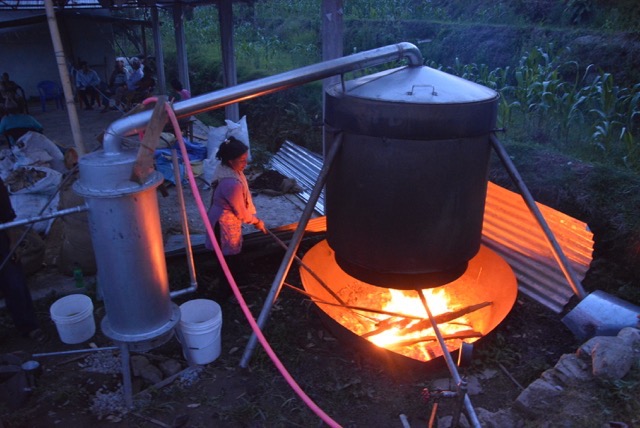
Figure 1: Production of biochar and essential oil in Ratanpur as part of new value chain creation.
Trees, planted for the sake of climate change mitigation are already a multi-functional solution in itself. In addition to sequestering carbon, trees help control erosion, replenish groundwater, provide wildlife habitat and have many more ecological benefits. But they can also provide the basis for an income opportunity to the rural population. When designing forest gardens, it is of central importance to select perennial species providing high value crops which can be non-destructively harvested (NDHPs) and exceed the value of the timber to ensure continued maintenance of the forest-gardens/ agroforestry systems.
In the Ratanpur pilot project we focused on creating and testing the following forest garden value chains:
Essential Oils: One of the main species in the forest garden systems is Cinnamon (Cinamomum tamala). From the leaves of the tree, a high priced essential cinnamon oil can be distilled. A farm scale distillation unit that uses the waste heat of biochar production was developed for this purpose (cost of the distillation unit: 400,000 NR / 3,100 €). One batch load consists of 108 kg shade dried leaves and yields 650 ml oil which can be sold domestically for 6,500 NR / 50 € or exported with a higher profit margin. After distillation, the leaf-mark can be sold as spices (50 NR / kg) One batch requires 3 hours work load. At current state a cost benefit analysis shows the essential cinnamon oil should preferentially be sold as high-quality product for export and the spices for domestic markets. Currently, essential oil production from other forest garden crops like artemisia, lemongrass and bamboo is being tested.
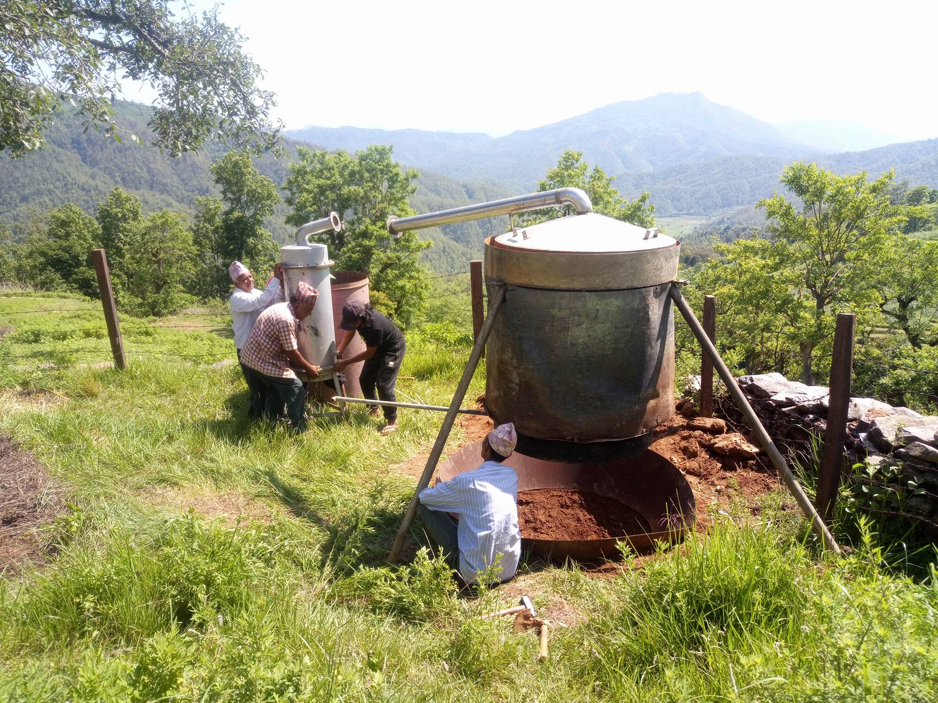
Figure 2: Set-up of the essential oil production using the waste heat of biochar making below the destillation unit.
Silk Production: Another main component of the Ratanpur forest gardens is the Mulberry tree (Morus ruba). Mulberry leaves are the feedstock for silkworms which produce raw silk. An abandon building was restored and turned into a leaf collection centre. In cooperation with the regional Kimbu Center, a pilot silk production was established in the village. Eggs of the silkworms were purchased in boxes of 20.000 eggs, requiring 500m² of Morus plantation as a fodder base and yielding into 20 kg of cocoons = 2 kg of raw silk. Currently the pilot area is comprising 1500m² of Morus but will be expanded by planting another 15,000 trees this season. The raw silk can be sold domestically or exported. An ecologically focused UK based fashion label has already pledged willingness to cooperate.
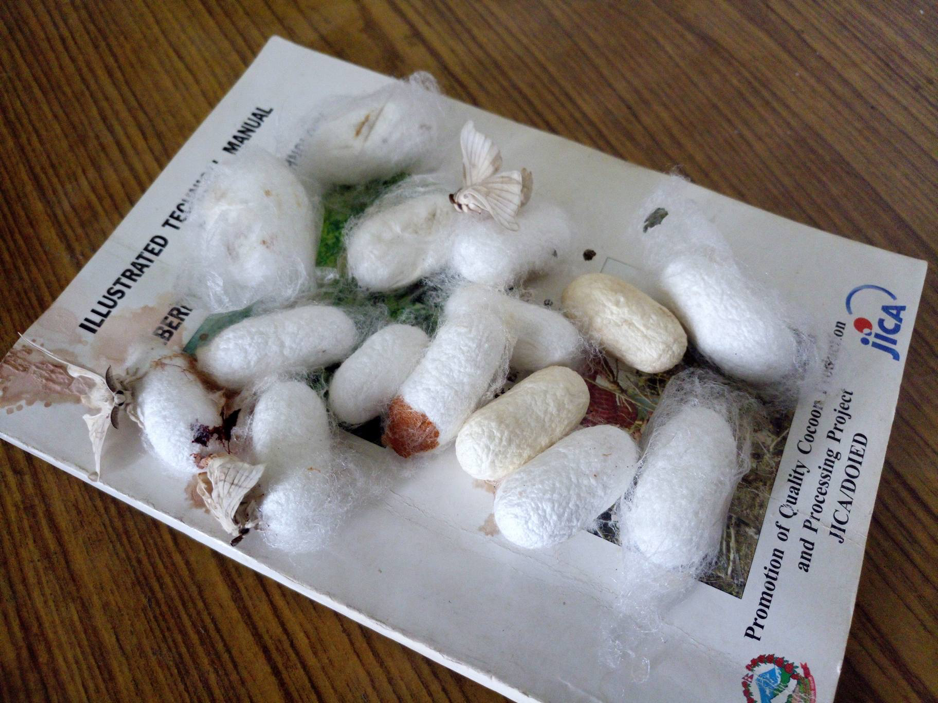
Figure 3: Silk cocoons produced from silk worms fed on forest garden mulberry leaves.
Champaca Perfume: The flowers of the Champaca tree (Magnolia Champaca) is another primary component of the Nepalese forest gardens and is a high-priced feed stock for the perfume industry. It takes 6-7 years before the first flowering. In a few years, the farmers of Ratanpur will have the possibility to form a cooperative and sell the flowers clustered in bigger quantities to the local traders. However, with the focus on creating most of the product values in the village itself, the local production of champaca perfume, using a similar distillation unit as for the essential oil production, is in preparation.
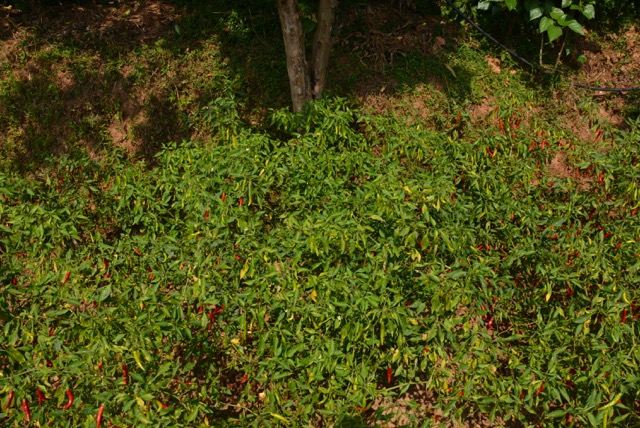
Figure 4: Chilli cultivation in the understory of a forest garden.
Spice Products: The understory in-between the trees of forest gardens is especially suitable for the cultivation of spices like ginger, curcuma or chilli. Since the first year of planting the forest gardens, those spices are cultivated and sold on the local markets. To create a more lucrative value chain, we started to set-up spice drying, milling, packaging and labelling of various spice blends.
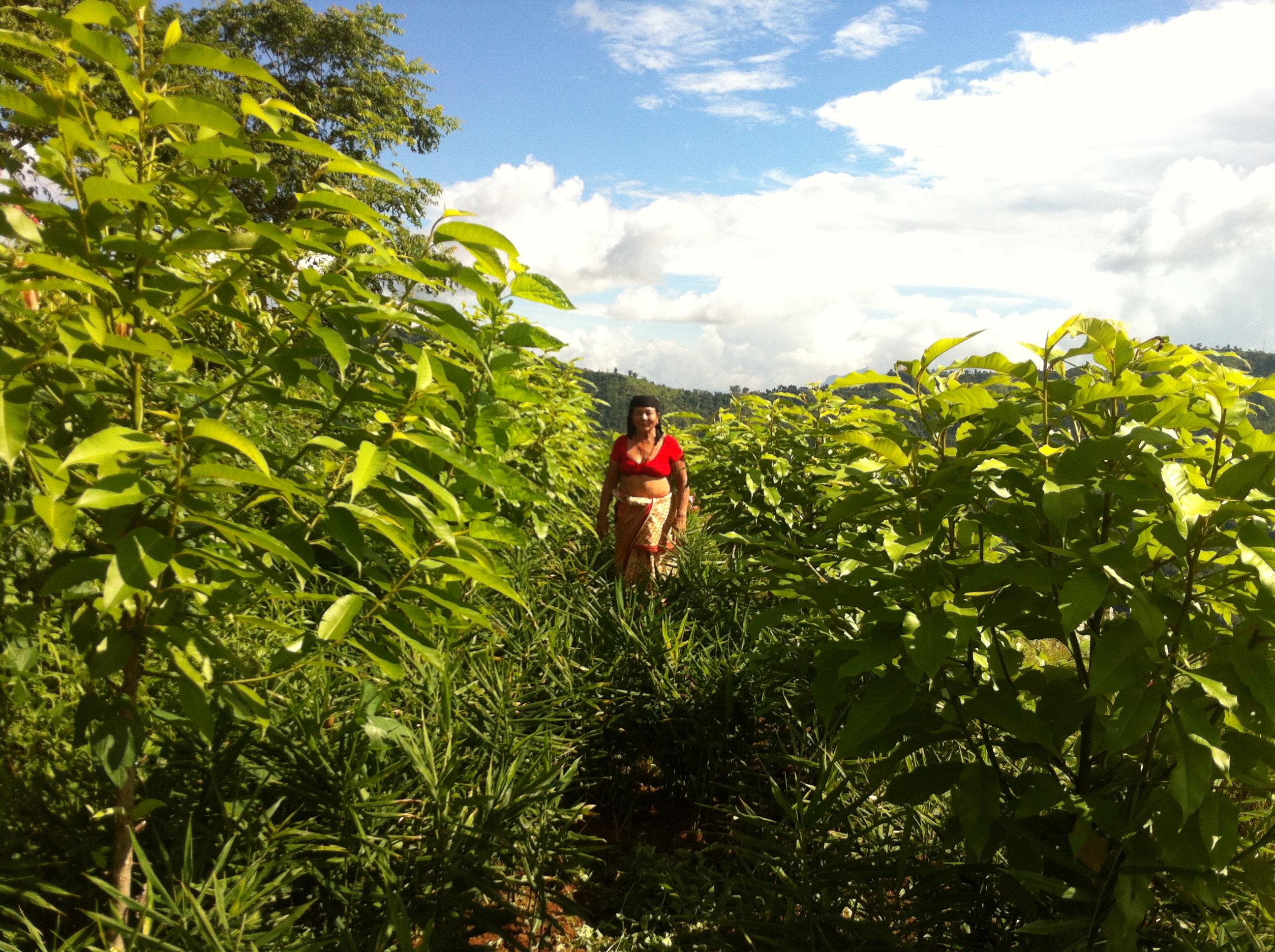
Figure 5: Cultivation of ginger in the understory of champaca trees.
Other forest garden products: Dried fruits (Morus ruba, Mangifera indica) prepared in locally constructed low cost, passive heat solar fruit dryers; high value incense from sandalwood; natural jewellery from Rudraxia and Bhodi; timber from Paulownia and re-sprouting bamboo; and forest honey.
The production of organic biochar based fertilizers and the operation of tree nurseries also turn into income generating activities.
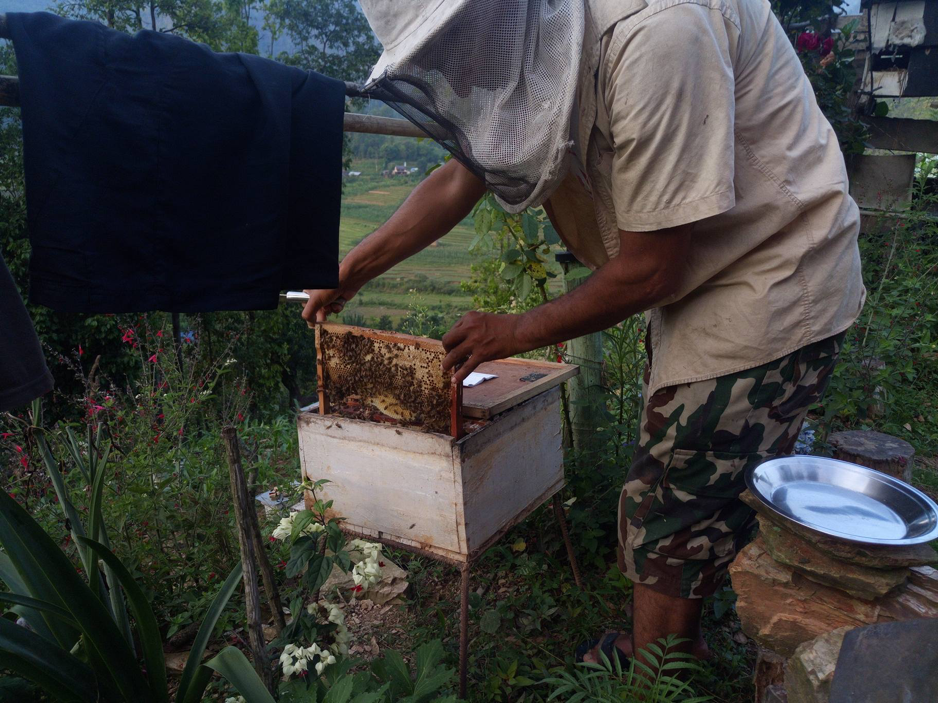
Figure 6: Forest honey production at Ram Maya's farm close to Bandipur.

